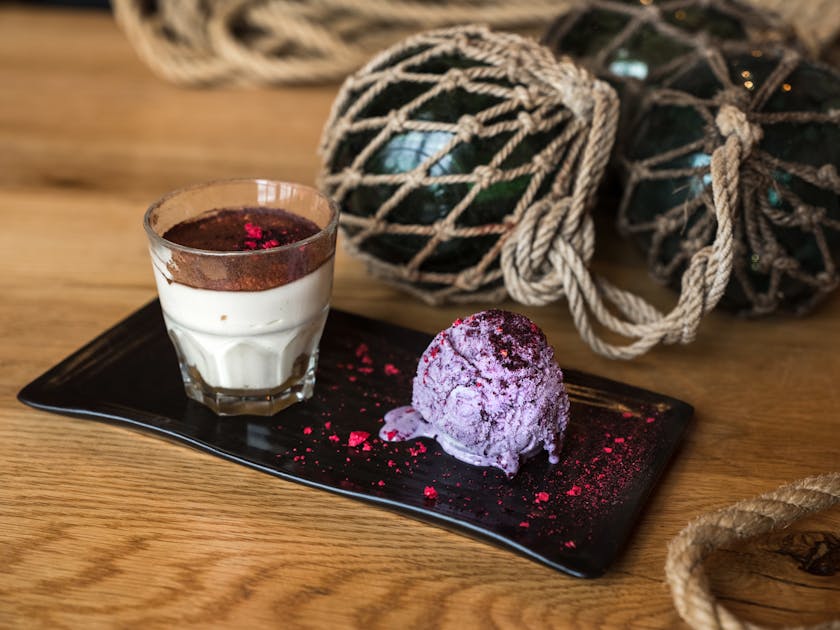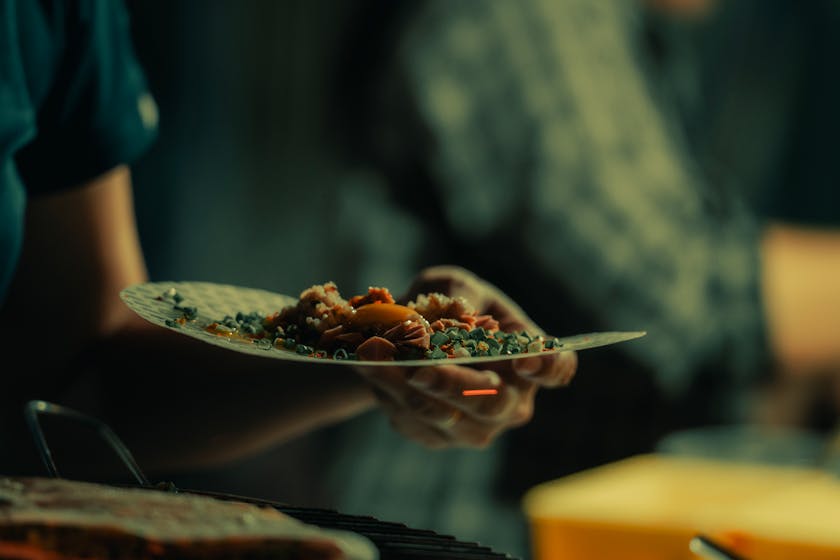When it comes to once-a-month cooking, mastering the techniques for quick thawing and reheating of freezer meals can revolutionize your meal prep game. Here’s how to do it efficiently and safely.
Understanding the Basics of Freezer Meal Prep
Before we dive into thawing and reheating, it’s important to understand that the success of these techniques starts with how you prepare and freeze your meals. Always cool your cooked food completely before freezing to minimize the risk of bacterial growth. Use airtight containers or heavy-duty freezer bags to prevent freezer burn and maintain the quality of your meals.
Quick Thawing Techniques
Thawing freezer meals doesn’t have to be a time-consuming process. Here are several methods to get your meals from frozen to ready-to-cook in no time:
- Refrigerator Thawing: Plan ahead and move your meal from the freezer to the refrigerator 24 hours before you plan to eat it. This slow thawing method is the safest option and helps maintain the quality of the food.
- Cold Water Thawing: If you need to speed things up, submerge your freezer bag or container in cold water. Change the water every 30 minutes to ensure it stays cold. Small meals may thaw in an hour or less, while larger ones can take a few hours.
- Microwave Thawing: Use your microwave’s defrost setting for a quick thaw. Be aware that this method can partially cook some parts of your meal, so it’s best used when you plan to cook the meal immediately after thawing.
Efficient Reheating Strategies
Once your meal is thawed, you’ll want to reheat it quickly and evenly. Here’s how:
- Conventional Oven: Preheat your oven to 350°F (175°C). Place the thawed meal in an oven-safe dish, cover with foil to prevent drying out, and heat until it reaches an internal temperature of 165°F (74°C).
- Microwave: For a rapid reheating method, use your microwave. Cover the meal with a microwave-safe lid to trap steam and reheat on high power in two-minute intervals, stirring in between, until hot throughout.
- Stovetop: Reheat soups, stews, and sauces over medium heat, stirring occasionally, until hot. For dishes like stir-fry, heat a little oil in a skillet over medium-high heat, add the thawed meal, and cook until heated through.
Preserving the Flavor and Texture
Thawing and reheating freezer meals can sometimes alter their flavor and texture. To preserve the integrity of your dishes, consider these tips:
- Foods with high moisture content, like casseroles and soups, generally freeze and reheat well.
- Add fresh herbs or a squeeze of lemon juice after reheating to brighten up the flavors.
- If a dish has become too watery after thawing, let it simmer uncovered for a few minutes to reduce the liquid.
Remember, safety is crucial. Always thaw and reheat food to the proper temperatures to ensure that it’s safe to eat. With these techniques, you’ll be able to enjoy delicious, home-cooked meals with minimal effort every day of the week.


